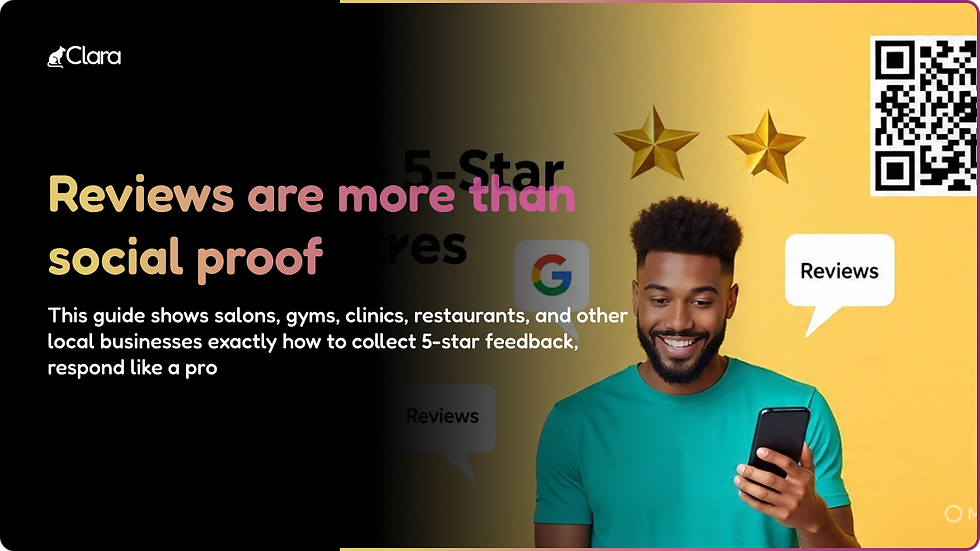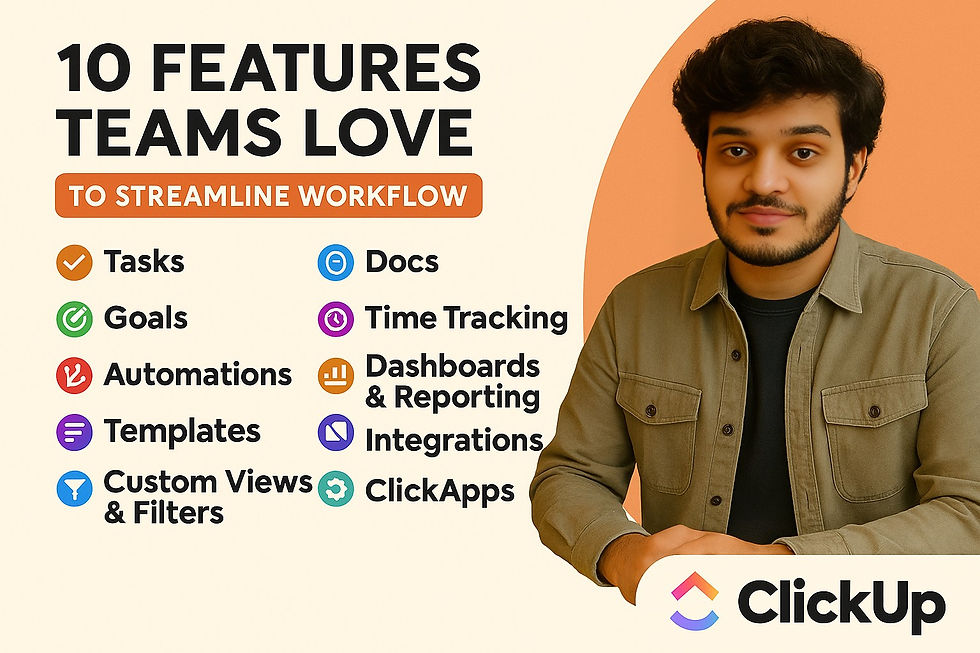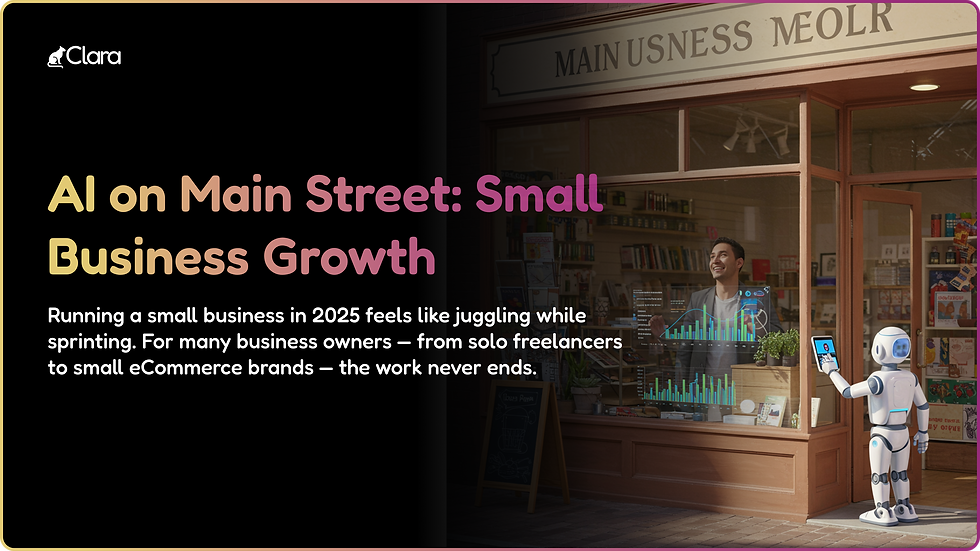- Dravya Bansal
- Jan 10, 2024
- 6 min read
Read this quick guide to learn more.
Employees are the face of restaurants. Training and managing manpower in restaurants is one of the biggest challenges that the restaurant industry faces. Because they are the ones interacting with customers regularly. In this industry, customer service and experience play a pivotal role in offering an exceptional and memorable dining experience. This level of service highly depends on the staff and their behaviour with the customers.
The Crucial Role of Employee Training in Restaurants
Importance of Well-Trained Staff:
Customer Experience: Trained staff significantly influence the quality of customer service, directly impacting guest satisfaction and loyalty.
Business Reputation: A positive dining experience builds a favorable reputation, while inadequate service can tarnish the restaurant’s image.
10 Proven Ways to Train Restaurant Staff:
Onboarding Programs: Structured orientation programs acquaint new hires with the restaurant’s values, procedures, and standards.
Continuous Training Modules: Regular training sessions keep employees updated on menu changes, service standards, and new techniques.
Role-specific Training: Tailoring training programs according to different roles ensures each employee excels in their responsibilities.
Hands-on Experience: Practical training and shadowing experienced staff help new recruits understand job intricacies.
Simulated Scenarios: Role-playing various customer scenarios assists employees in handling diverse situations effectively.
Utilize Technology: Training through interactive modules or e-learning platforms enhances engagement and knowledge retention.
Mentorship Programs: Pairing new staff with seasoned employees fosters skill development and confidence.
Feedback and Evaluation: Regular feedback sessions aid in identifying strengths and areas for improvement, encouraging skill enhancement.
Certifications and Workshops: Encouraging employees to attain relevant certifications or attend industry workshops augments their expertise.
Team Building Activities: Engaging team-building exercises promote camaraderie and a collaborative work environment.
Importance of Staff Training in Restaurants
A terrific restaurant staff training should be a priority and an important part of your business strategy if you improve the effectiveness and efficiency of your staff and overall business. Let’s understand the importance of staff training in restaurants.
1. Consistency: When staff is well-trained, they consistently deliver high-quality service, ensuring customers receive the same experience each time they visit.
2. Customer Satisfaction: Proper restaurant staff training can anticipate customer needs, resolve issues, and create a positive dining atmosphere, leading to higher customer satisfaction and repeat business.
3. Safety and Compliance: Trained staff ensures that employees follow safety protocols and adhere to health regulations, reducing the risk of accidents and health code violations.
4. Cost-Efficiency: Well-trained staff is more efficient, reducing wastage and operational costs. Competitive Advantage: Excellent service sets restaurants apart from competitors and builds a loyal customer base.
Now that you know the importance of staff training in restaurants, let’s deep dive into best practices for staff training.
ALSO READ: Marketing Automation and why it is needed?
How to Train Restaurant Staff – 9 Best Employee Training Techniques
1. Restaurant Staff Onboarding
If your staff is unaware of the basic information and practices of your restaurant, they will fail to provide the best customer service and be unable to perform better. Begin the training process with a comprehensive orientation and onboarding program. Restaurant staff onboarding is the best way to make your employees familiar with your restaurant’s culture, values, and policies. Provide an employee handbook, restaurant staff training manual, conduct a tour of the restaurant, and explain job roles and expectations.
For instance, during orientation, share stories of successful employees who started in entry-level positions and worked their way up to management, showcasing growth opportunities within the restaurant. It motivates them to perform better and put their best foot forward in front of the customers.
2. Menu Familiarisation
Many customers often find themselves helpless when visiting a new restaurant. Because the restaurant staff fails to help customers choose the right dish or suggest the top-performing cuisine. This happens due to a lack of menu familiarisation.
Staff should be well-versed in your restaurant’s menu. It’s because employees who understand a restaurant’s menu can make personalised recommendations based on customers’ preferences; however, owners still struggle with one thing – How to train restaurant staff in menu familiarisation? Well, encourage them to taste and learn about each dish, including ingredients, preparation methods, and special dietary options. This knowledge enables them to make informed decisions.
To make restaurant staff training more fun, you can conduct menu quizzes or tastings to ensure staff can accurately describe and suggest dishes to diners. Remember, the more fun training programs for restaurant staff, the better. Such activities encourage them to actively participate and make improvements.
3. Customer Service Training
Teach your staff the art of exceptional customer service. Emphasise active listening, empathy, and the ability to handle customer complaints gracefully. Role-playing exercises can be instrumental in honing these skills; however, make sure training programs for restaurant staff are role-specific. Every role is different. And you will want your employees to ace their responsibilities and satisfy the customers. While there may be common training activities for all the employees. Make sure you also hold role-specific activities to nurture their customer service training.
4. POS System Training
Proficiency in the restaurant’s Point of Sale (POS) system is vital because it can help restaurants improve their customer service and overall productivity. These systems ensure that your employees can efficiently take orders, process payments, split bills accurately, manage inventory, give detailed reports, and more.
As a restaurant owner, you may always wonder – how to train restaurant staff with POS systems seamlessly. To make your employees well-versed with POS systems, mention it working in your restaurant staff training manual and conducting hands-on training sessions where they practise entering orders and handling various payment methods. Practical training sessions leave no room for doubt and confusion.
But that’s not it. Make sure you have invested in the right POS software to make this training successful. You can go through a detailed guide to choose the right restaurant POS software.
5. Food Safety and Hygiene
Customers always prefer restaurants that practise food safety and hygiene. And after the pandemic, it has become more important than ever. Food safety training is paramount to prevent contamination and illness outbreaks. Ensure that staff understands proper food handling, storage, and hygiene practices, including hand washing and sanitising surfaces. Regularly schedule food safety drills to reinforce correct procedures and reduce the risk of foodborne illnesses.
6. Try different methods for staff training
Managing manpower in restaurants can indeed be a hassle. As an owner or manager, you are handling a team with different roles. So, the learning process is different for everyone. Thus, try and explore different methods for training your staff.
For instance, you can look at your employees and their roles, and conduct training and activities accordingly. If you are unsure about something, ask a mentor or an experienced person to demonstrate a particular task. It’s one of the best employee training techniques because employees are more likely to replicate the styles and actions of their seniors.
It’s important to make your employees well-versed in their roles. To achieve this, make sure you conduct regular training sessions and review their performances.
7. Team Building Exercises
Foster a sense of camaraderie among your staff through team-building activities. This can improve communication and collaboration in a high-pressure environment like a restaurant. Organise team-building outings or games to encourage bonding among staff members. Your restaurant’s success depends on your employees. For this, they need to deliver effective and efficient performance together.
8. Continuous Learning
Learning doesn’t stop after initial training. Encourage ongoing development by providing access to online training resources, workshops, or certifications related to the restaurant industry. Offer incentives or bonuses for staff who complete advanced training or earn industry-recognized certifications. Rewards and incentives will encourage them to learn and perform better, every day.
Moreover, having access to online training resources will allow them to go through notes or previous sessions whenever they are stuck with a particular task or situation.
9. Feedback and Evaluation
Regularly evaluate your staff’s performance and provide constructive feedback. Conduct one-on-one meetings to discuss strengths, areas for improvement, and career growth opportunities. Use customer feedback to highlight instances of exceptional service or areas where improvement is needed, reinforcing the importance of ongoing training.
While feedback from upper management can make a difference. Getting suggestions from customers for your staff can be a game changer. It will not only improve your employees’ performances but also enhance your brand reputation, showing that you care about their opinions.
However, collecting customer feedback can be chaotic. So make sure you look into ways to collect feedback and leverage this technique effectively.
Wrapping Up
In the competitive world of the restaurant industry, employee training is not an option; it’s a necessity. Now that you know how to train restaurant staff, you can invest in effective staff training. From orientation and menu familiarisation to continuous learning and feedback, these strategies ensure that your restaurant staff delivers exceptional service consistently.
Remember that well-trained employees not only enhance customer satisfaction but also contribute to the long-term success and profitability of your restaurant. So, invest in training your staff, and you’ll reap the rewards in the form of satisfied customers and a thriving business.



















